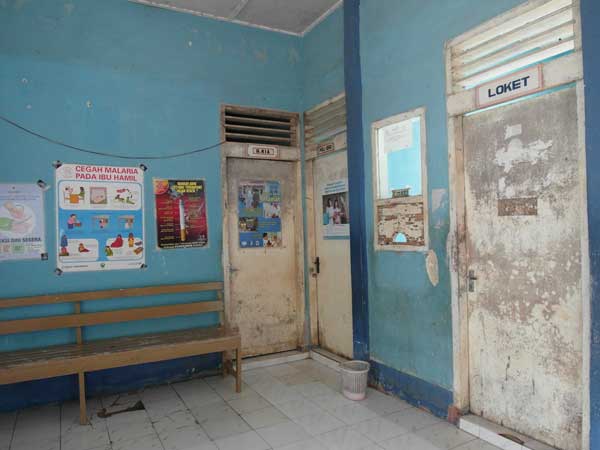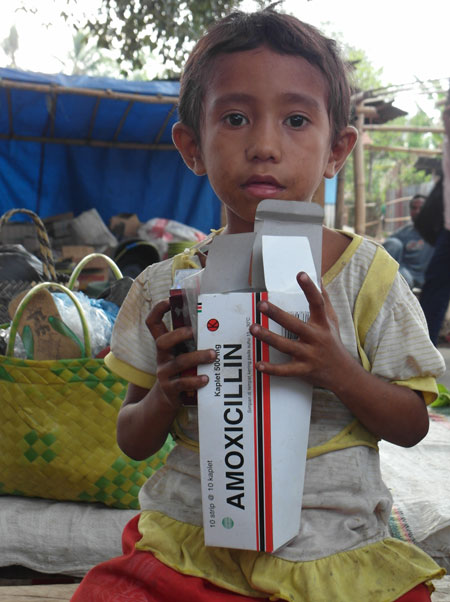
(Photo from Luwuraya.net)
So 2014 will be an exciting year for Indonesia. Mostly, of course, because of the elections. But also because, if things go well, a national health insurance scheme will be expanded to cover all Indonesians. It’s an incredibly ambitious plan. But in a wonderful report on BBC radio by Claire Bolderson, Health Minister Nasfsiah Mboi is optimistic. Asked if the government can achieve a target that appears to elude even the mighty United States, she replies “Inshallah, by 2014, we’ll be there”. You can listen to Claire’s report here (mp3), and I recommend that you do; my favourite scene is the nurse gilling fish on a ward in Makassar but there are some tragic tales of really good intentions frustrated, as well as of unnecessary death.
In theory, poorer Indonesians already get free healthcare through the Jamkesmas scheme. But in practice, Jamkesmas leads sick people into a rabbit warren of incomprehensible bureaucracy, and often offers third rate services. And it doesn’t only go to the poor. A useful World Bank report on the scheme (pdf) notes that “Not all of the poor are reached by the program, and there is considerable leakage to the non-poor.”
Speaking of leakage, who remembers Malinda Dee, the glamour puss owner of two Ferraris, a Mercedes and a Hummer? She argued that Jamkesmas should foot the bill to fix a botched breast enlargement. At the time her silicon sacks burst, the former “relationship manager” at Citibank was being held on charges of stealing 4.4 million dollars from her clients. Since she was a ward of the state, Malinda said, the Indonesian people should pay for her operation.
Few of the users of Jamkesmas are quite so undeserving. But Indonesia has one of the lowest ratios of doctors and of hospital beds to population of any country at its income level. If all poor people really were able to afford care from next year and immediately started to demand it, the system would be overloaded very quickly. That’s already happening in some parts of the country. In Papua, Indonesia’s easternmost province, indigenous Papuans are spurning (free) local clinics and travelling miles to hospitals because they think they will get better care. The rush to hospitals was so overwhelming that what they actually get is very long queues. When the nation’s capital Jakarta made health care free for all earlier this year, it turned in to exactly that: a free-for-all. People who had never had access to any higher level health care at all suddenly abandoned primary clincis and stampeded the hospitals, sometimes just because they could. Predictably, the result was chaos.
But I do find myself slightly agreeing with the sainted Jakarta Governor Jokowi when he said that with something as necessary as health insurance, it was better to get started and then iron out the wrinkles later than to drag one’s feet for ever. I don’t doubt that many Indonesians will be disappointed and frustrated by the roll-out of universal health insurance from next year. But I salute the government for even putting it on the national agenda, less than 70 years after independence. It took the United States more than 225 years to do the same; and they’re still working on the wrinkles, too.


